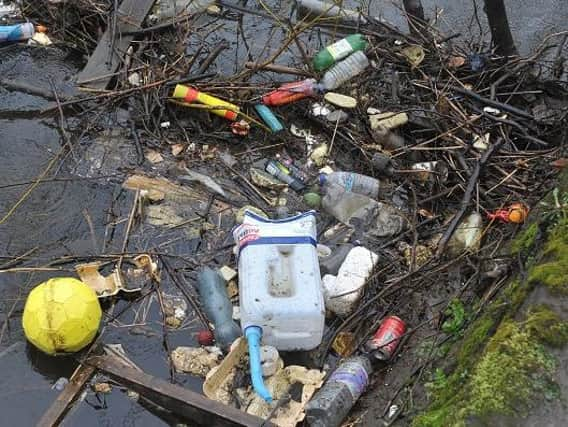‘Drink and drop’ litter menace


The research reveals that the bulk of the litter that is being thoughtlessly thrown on our streets, parks and beaches is the result of our insatiable thirst for drinking on the go.
The survey, carried out at a representative sample of sites across the country in 2019, looked not only at the number of items dropped but at the volume of that litter and it revealed that almost three quarters of the litter – a staggering 75 per cent - was the result of drinks consumption.
Advertisement
Hide AdAdvertisement
Hide AdThe most littered item, by volume, was the small plastic bottle (up to 750ml) for non-alcoholic drinks, which accounted for 24.4 per cent of the total, but these are joined by cans, larger bottles, glass bottles, coffee cups, takeaway soft drinks cups and cartons to create a mountain of waste, much of which could and should be recycled but is, instead, polluting our environment and costing millions of pounds to clean up.
Keep Britain Tidy deputy CEO Richard McIlwain said: “It’s clear that our ‘food on the go’ culture of convenience comes with real consequences, with food and drink packaging polluting our environment, which in turn costs millions to clean-up and harms native wildlife and domestic pets.
“As we consider what a post-Covid green recovery should look like, we should allow ourselves to imagine a world without litter and plastic pollution. It is clear that we urgently need new measures to tackle all types of littering but particularly drinks containers, which make up nearly three quarters of the volume of litter in this country.
“This is why we need a well-designed and comprehensive deposit return scheme as soon as possible, for all sizes of plastic, glass and aluminium drinks containers.”